
Shoyu Ramen
Shoyu ramen uses a clear and salty soy sauce broth and is considered fairly balanced, with many comforting flavors.
From the savory richness of tonkotsu to the refreshing lightness of shio, there are ramen varieties for every palate! Shoyu ramen, originating in Tokyo, features a clear, soy sauce-based broth with a balanced umami flavor, enhanced by traditional toppings like chashu, menma, and green onions. In contrast, shio ramen, known for its light and delicate taste, has a salt-based broth, often made with chicken or seafood stock, providing a clear and refreshing soup often garnished with seafood, kamaboko, and fresh vegetables.
You can explore all types of ramen below. I’ve divided them based on broth, regional style, cold ramen, and others.
An easy and popular way to classify ramen is by the type of broth used to make it. The broth forms the foundation of the ramen’s flavor profile, which can be (for example) light and clear or rich and creamy. So, when people talk about ramen, they’ll often start with whether it’s a shoyu, miso, shio, or tonkotsu base before getting into toppings or noodles.

Shoyu ramen uses a clear and salty soy sauce broth and is considered fairly balanced, with many comforting flavors.
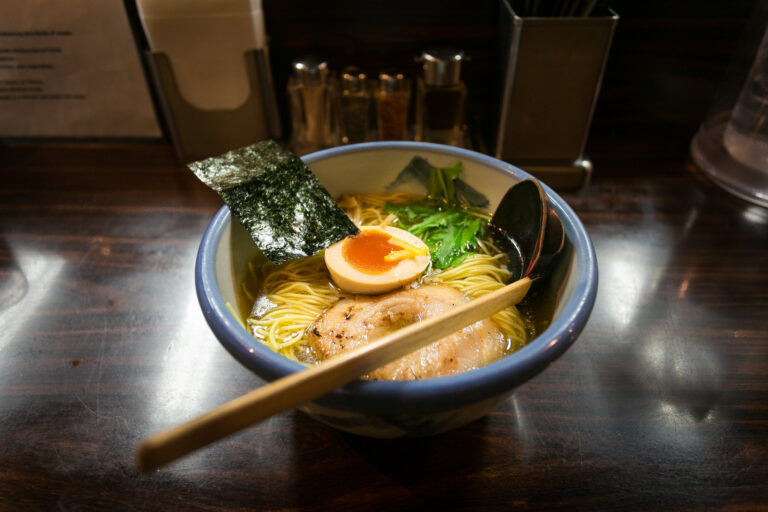
Shio Ramen is based on chicken broth. Its main seasoning is salt, and its toppings are usually a refreshing mix of seafood and veggies.
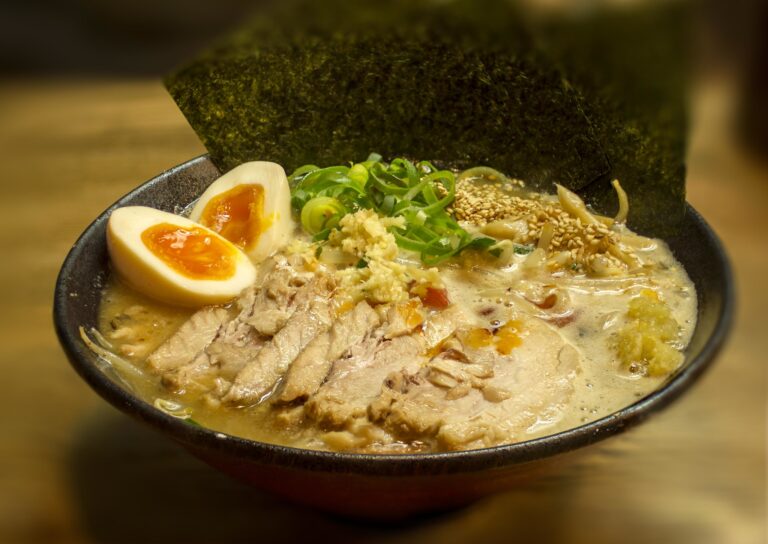
Miso Ramen originates from Hokkaido and features a robust miso-based broth, as well as ground pork, corn, and a blend of savory toppings.

Tonkotsu ramen is creamy and intensely savory. It’s based on a rich pork bone broth and uses toppings like chashu and mushrooms.
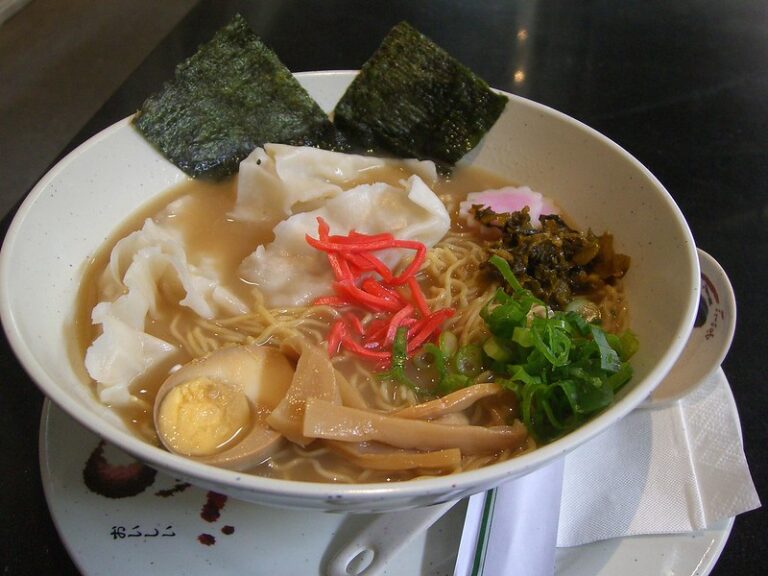
Seafood Tonkotsu Ramen is a variation of traditional tonkotsu ramen that blends the richness of pork bone broth with the depth of the sea.
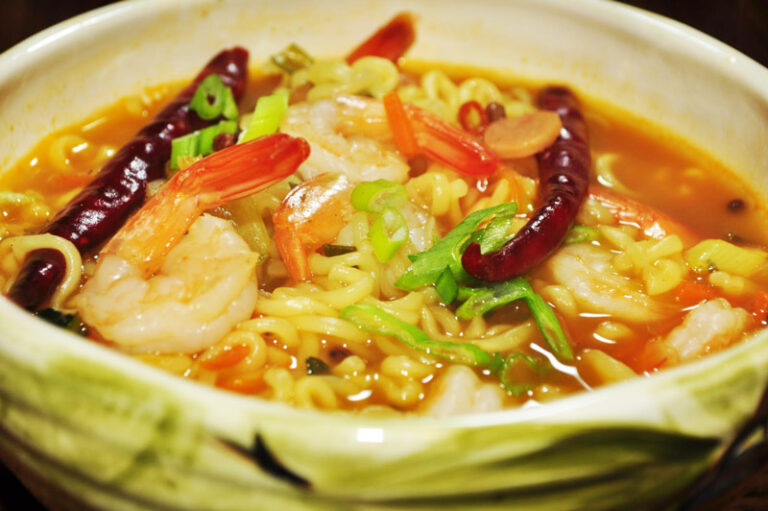
Spicy Garlic Shrimp Ramen is a bold, flavorful ramen style that combines the sweetness of shrimp with the heat of chili and garlic.
Did you know?…
An Edible Map of Japan
When ramen first spread after WWII, Tokyo shops mainly served shoyu ramen, while Hakodate leaned toward shio, and Kyushu was known for rich tonkotsu. A common joke among travelers in the 1960s was that you could tell where you were in Japan just by what kind of broth the local ramen had—almost like an edible map of the country.
Japan’s diverse regions have their own unique takes on ramen, each influenced by local ingredients and culinary traditions. Regional styles of ramen showcase a variety of flavors, noodle types, and toppings, reflecting the rich cultural tapestry of Japanese cuisine. For example, Sapporo in Hokkaido is famous for its hearty miso ramen topped with butter and corn, Hakata in Fukuoka is known for its rich and creamy tonkotsu ramen with thin, straight noodles, and Kitakata in Fukushima offers a lighter shoyu ramen with thick, curly noodles and plenty of sliced pork.
![Types of Ramen: Hakata Ramen. Image courtesy of [cipher] via Flickr Commons.](https://ramendatabase.com/wp-content/uploads/2024/06/Types-of-Ramen_Hakata-Ramen-768x510.jpg)
Hakata Ramen originates from Fukuoka and features a rich and milky tonkotsu broth and toppings like chashu and pickled ginger.
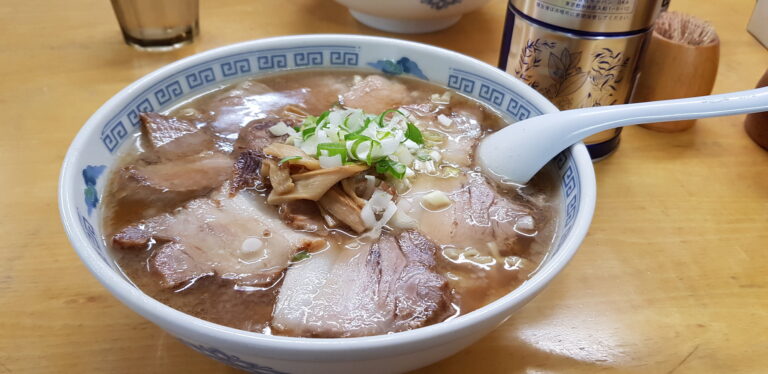
Kitakata ramen is a savory variety from Fukushima, Japan. It has a light broth and uses thick and wavy noodles.
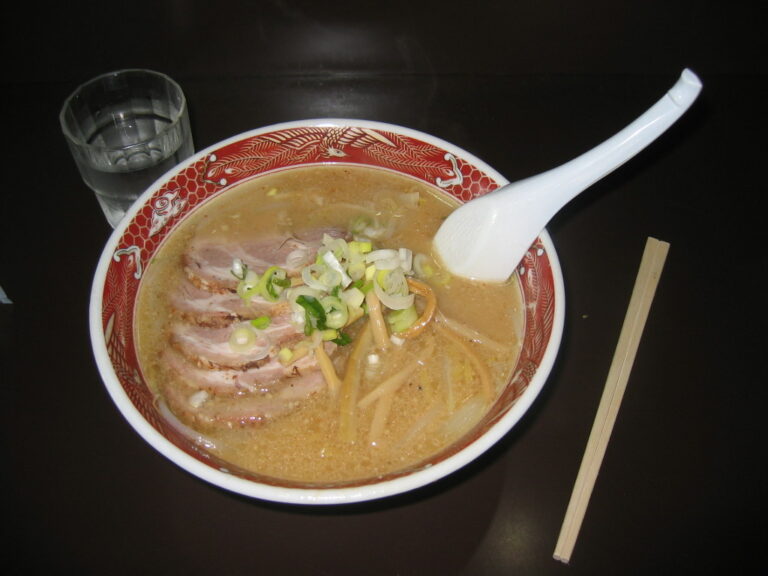
Sapporo ramen is hearty and flavorful and originates from Hokkaido, Japan. It uses a rich red miso-based broth and chukamen noodles.
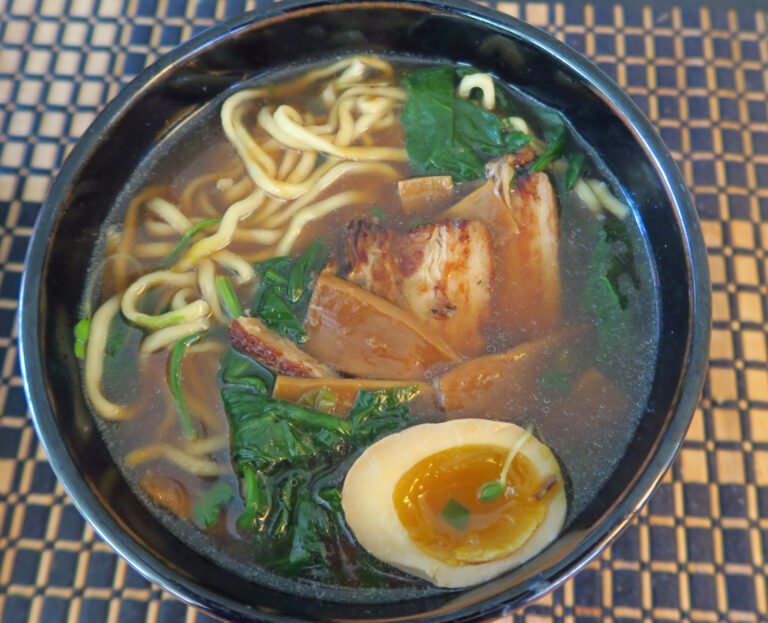
Tokyo ramen is a beloved Japanese soup known for its clear shoyu broth, firm curly noodles, and a soy-flavored chicken broth.

Wakayama ramen is a regional specialty combining shoyu and tonkotsu broths. It uses chuka soba or Chinese noodles.
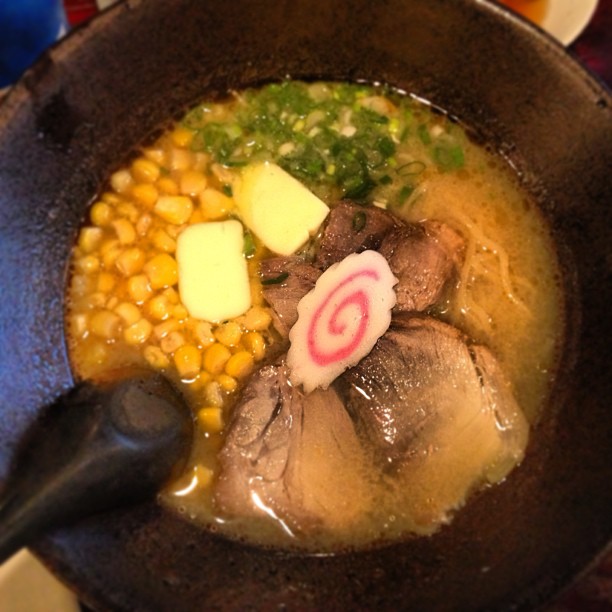
Butter corn ramen is a Hokkaido specialty known for its creamy broth, sweet corn, and savory butter. It is also topped with corn.
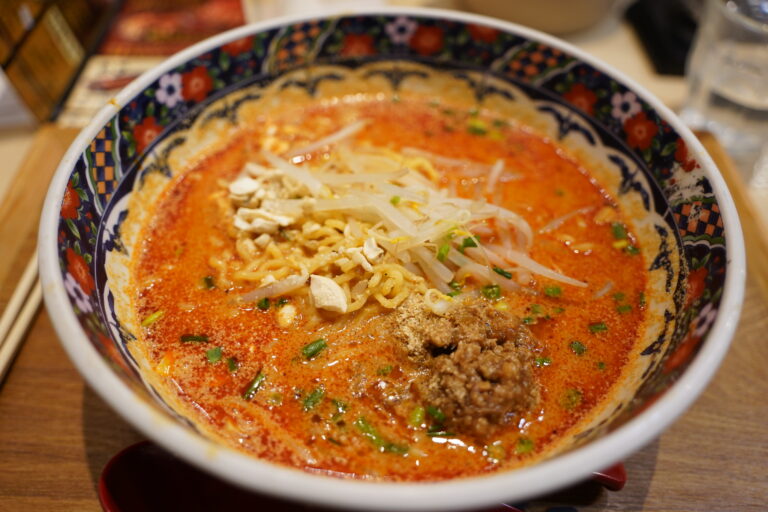
Hokkaido Curry Ramen is a rich and unique fusion of Japanese curry and traditional ramen with a beautifully aromatic broth.
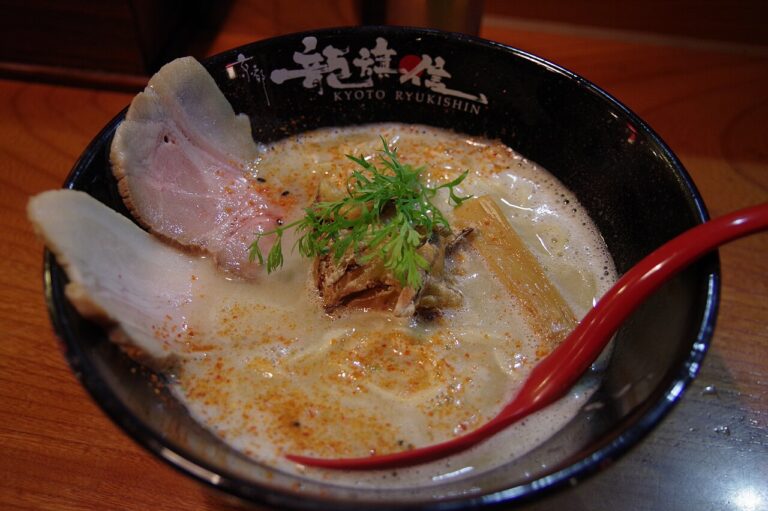
Kyoto ramen is a popular regional specialty known for its balanced shoyu-chicken broth and medium-thick curly noodles.
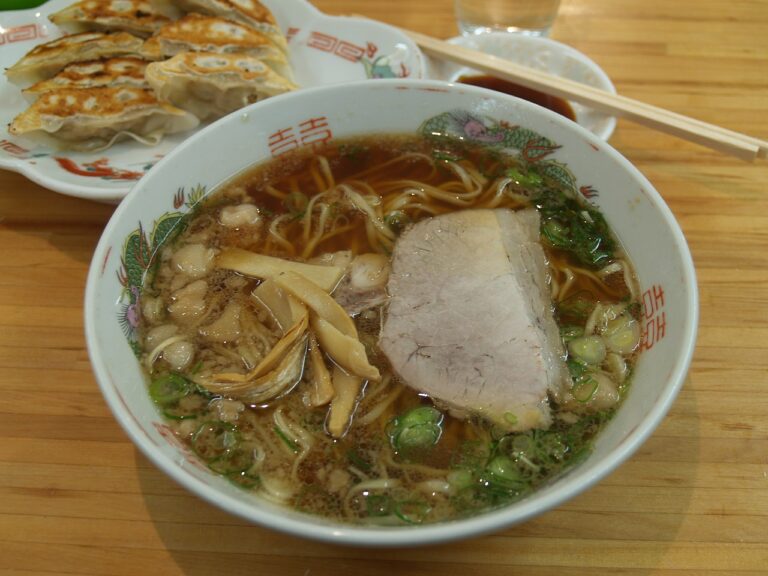
Onomichi ramen is a regional specialty from Hiroshima Prefecture with a clear soy sauce-based broth with fish stock and thin flat noodles.

Kurume ramen is a flavorful regional specialty from Fukuoka Prefecture. It has a creamy tonkotsu broth and uses thin noodles.
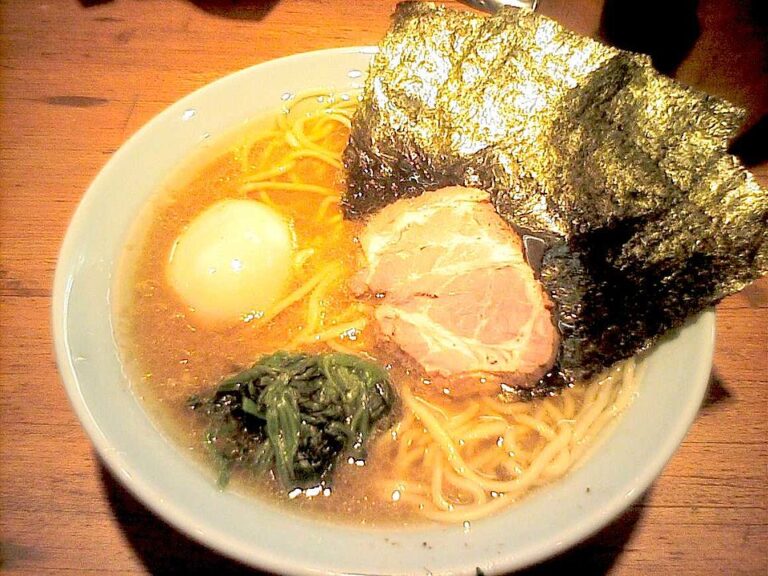
Ie-kei ramen or “house-style ramen” is a rich, satisfying ramen style that originated in Yokohama in the 1970s.
Cold ramen (hiyashi chūka being the most common style) is a super refreshing take on ramen that flips the usual idea of a steaming hot bowl on its head. Instead of warming you up, it’s designed to cool you down—perfect for Japan’s humid summers. These cold ramen dishes offer a delightful way to enjoy ramen even in the heat. The classic version, hiyashi chūka (“chilled Chinese-style noodles”), usually appears on menus only in summer. It’s served with chilled ramen noodles, a tangy soy or sesame-based dressing, and colorful toppings arranged almost like a salad.
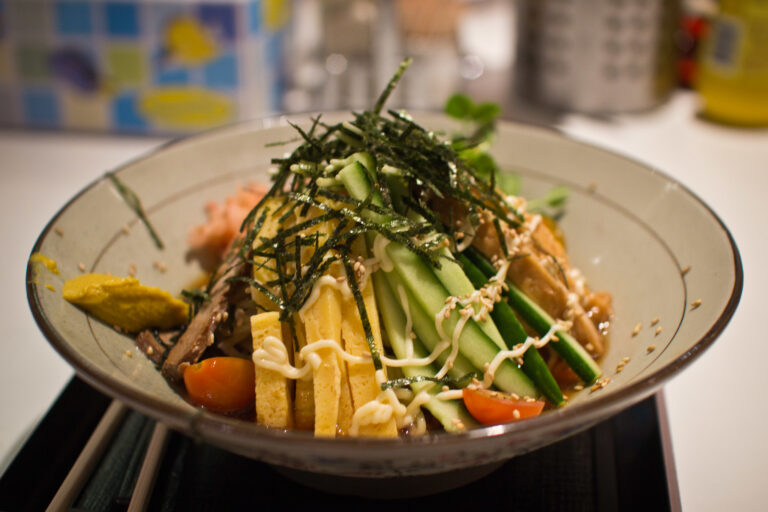
Hiyashi Chuka is a popular Japanese cold ramen dish, often enjoyed in the summer. It features chilled ramen noodles topped with ingredients.
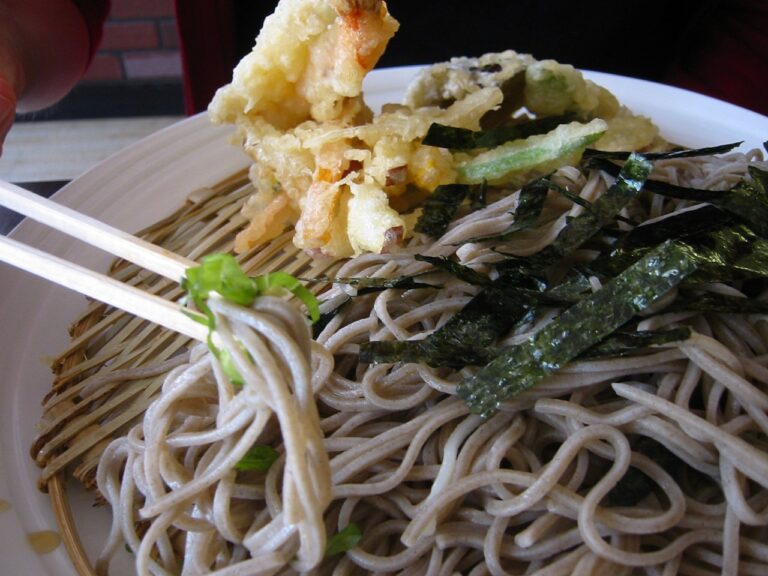
Zaru Ramen, inspired by Zaru Soba, consists of chilled ramen noodles served on a bamboo tray, accompanied by a dipping sauce called tsuyu.
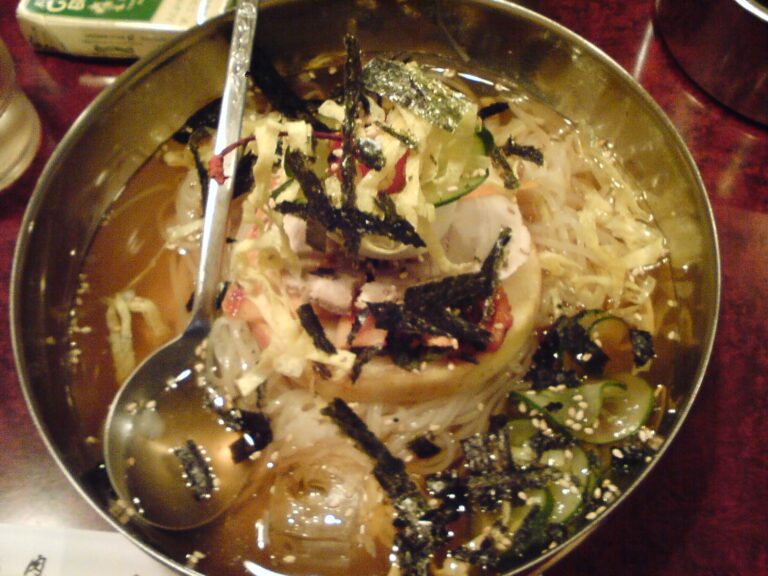
Reimen is a refreshing Cold Korean Ramen dish perfect for summer. It has a spicy, tangy broth, chewy cold noodles, and uses various toppings.

Hiyashi Tanmen is a refreshing Japanese cold ramen with vegetables. Learn about its light, tangy broth, chewy noodles, and vibrant toppings.
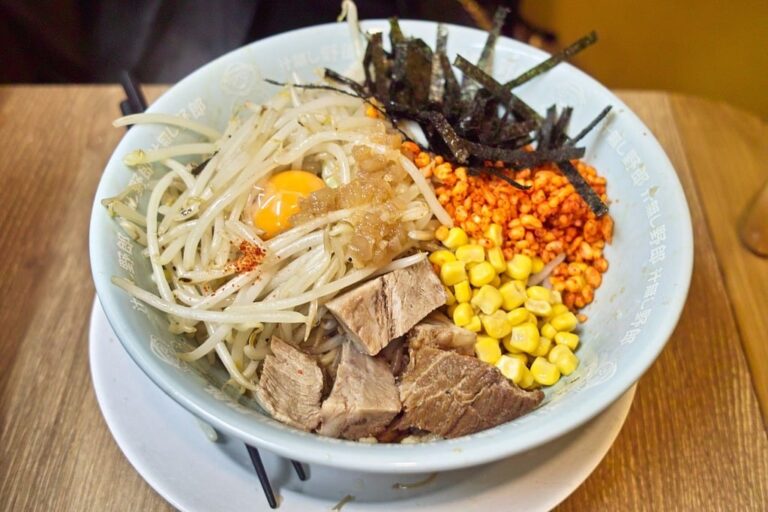
Cold Miso Ramen features chilled ramen noodles served with a miso-based sauce or dressing. The dish is typically topped with cold veggies.
Did you know?…
The First Bowl of Cold Ramen
In the 1950s, a ramen shop in Sendai called Ryutei invented hiyashi chūka to keep customers coming during the hot summer. The chilled noodles with colorful toppings were an instant hit, and the idea spread across Japan—making cold ramen a seasonal tradition ever since.
In addition to traditional brothy and regional ramen varieties, there are several unique styles that break the mold, offering distinct textures and flavors. I’m talking, for example, about vegan ramen, tantanmen ramen (which is an adaptation of Chinese Sichuan Dan Dan noodles), and kimchi ramen, with tangy Korean kimchi.
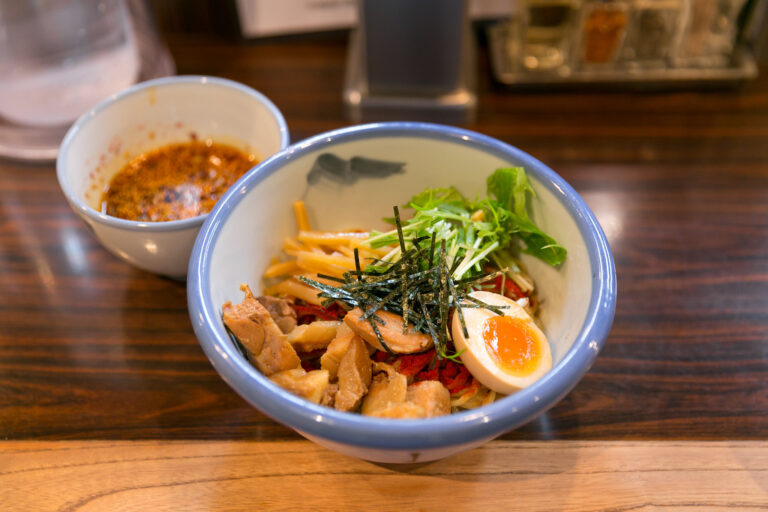
Tsukemen ramen uses thick, cold noodles and is served alongside a rich, concentrated dipping broth and a flavorful toppings.
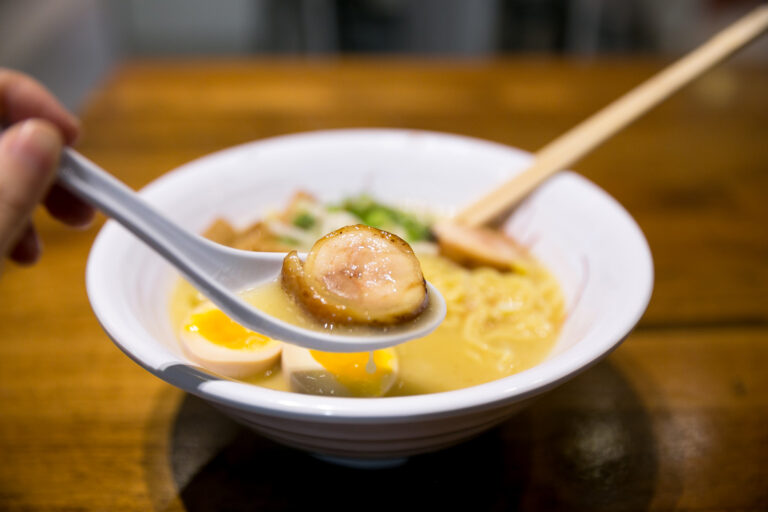
Paitan ramen has a creamy and cloudy broth, perfect for those who love a hearty, umami-packed ramen experience.
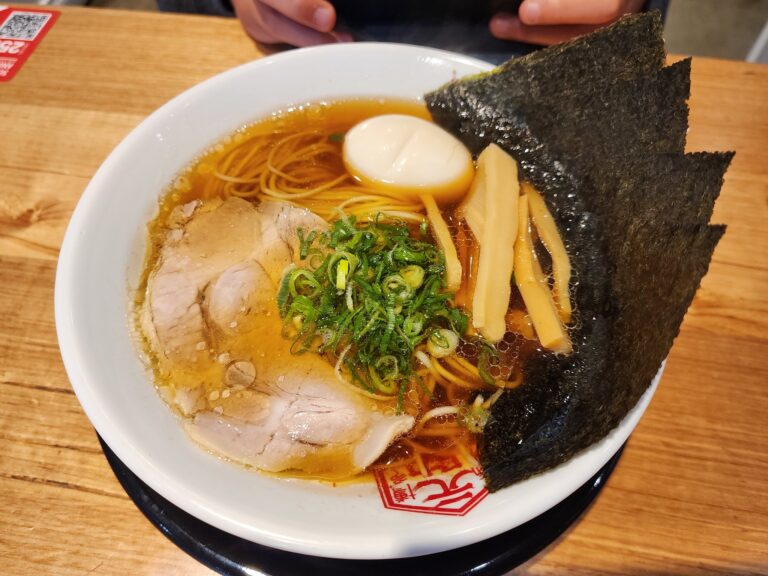
Chintan ramen is known for its clear, flavorful broth. Learn about its refined broth, perfect noodles, and thoughtfully chosen toppings.
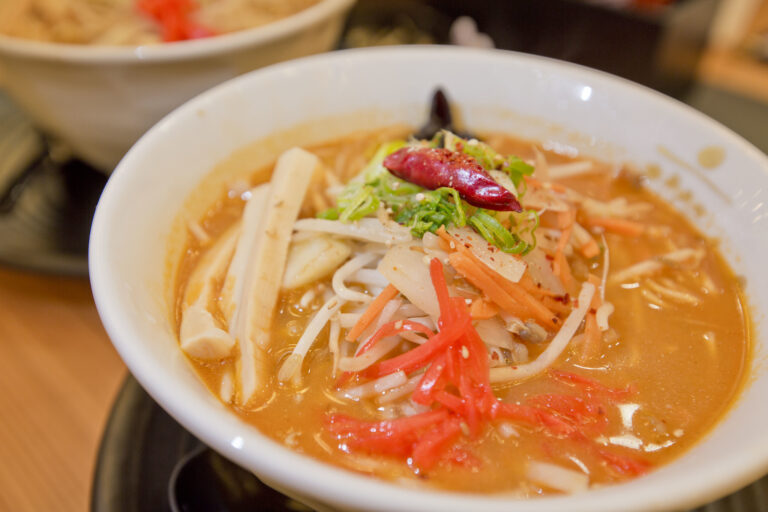
Vegan ramen (or plant-based ramen) is often made with fresh and dried mushrooms, garlic, ginger, mirin, and miso paste.
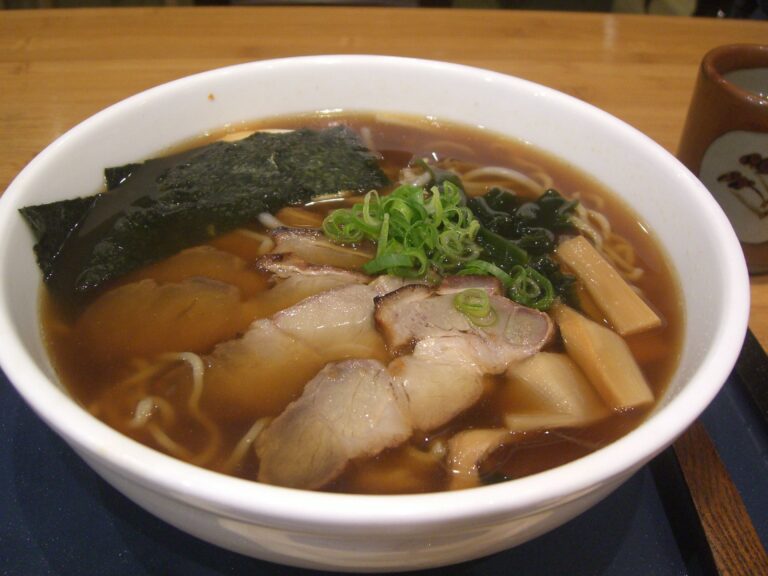
Chashu ramen is a Japanese noodle soup known for its rich broth, tender braised pork belly, and flavorful toppings.
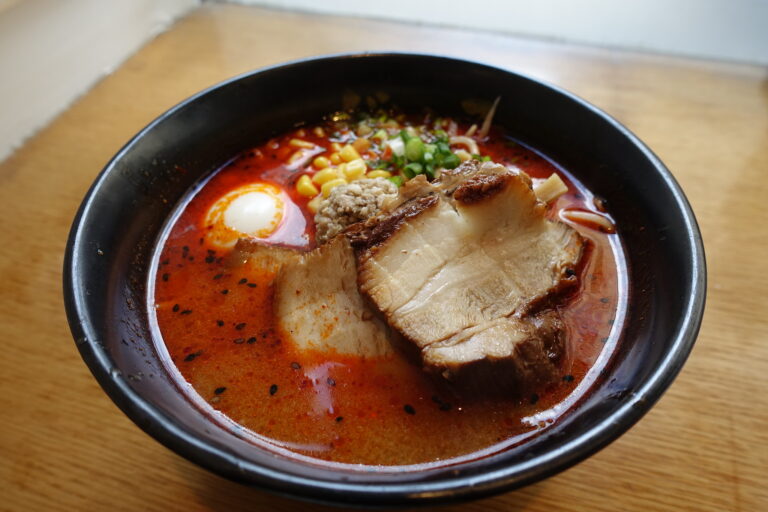
Spicy miso ramen features a rich, umami-filled broth with a fiery kick, springy noodles, and an array of delicious toppings.
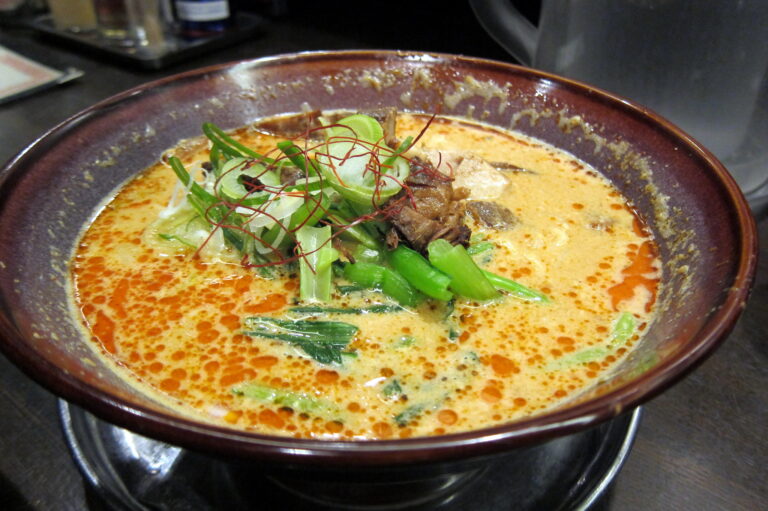
Tantanmen or Tan-Tan ramen is a rich and spicy Japanese adaptation of Sichuan Dan Dan noodles. It uses a creamy broth and chewy noodles.
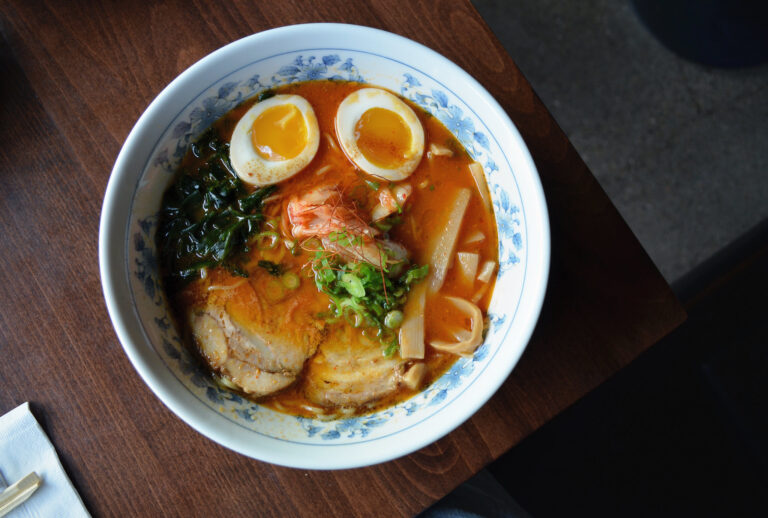
Kimchi ramen is a fusion of spicy, tangy Korean kimchi and savory Japanese ramen. Common toppings include nori, tofu, and mushrooms.
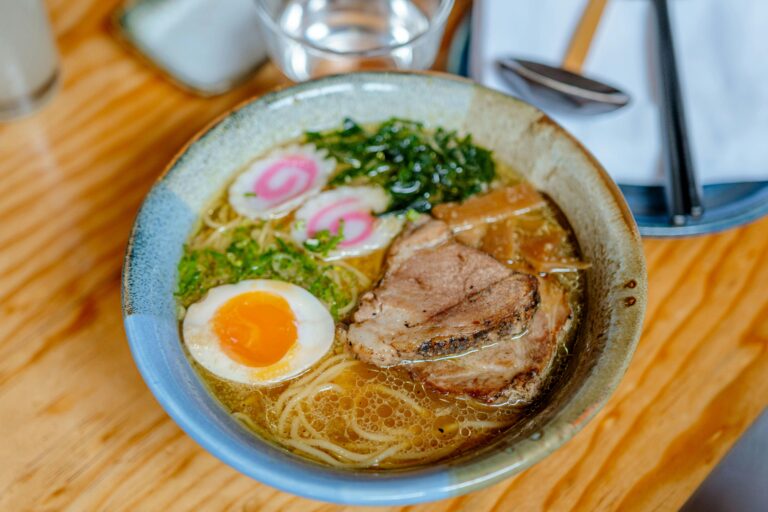
Spicy shoyu ramen combines the deep umami of soy sauce-based broth with a spicy kick. It’s usually served with chewy noodles.

Seafood ramen features a rich broth infused with shrimp, fish, and clams, paired with chewy noodles and fresh seafood toppings.
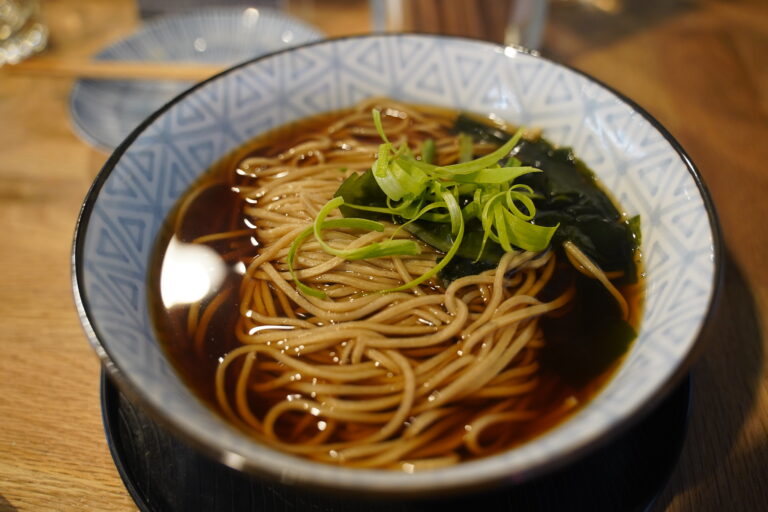
Kake ramen is typically based ona clear, dashi-based broth seasoned with soy sauce (shoyu), mirin, and sometimes sake.
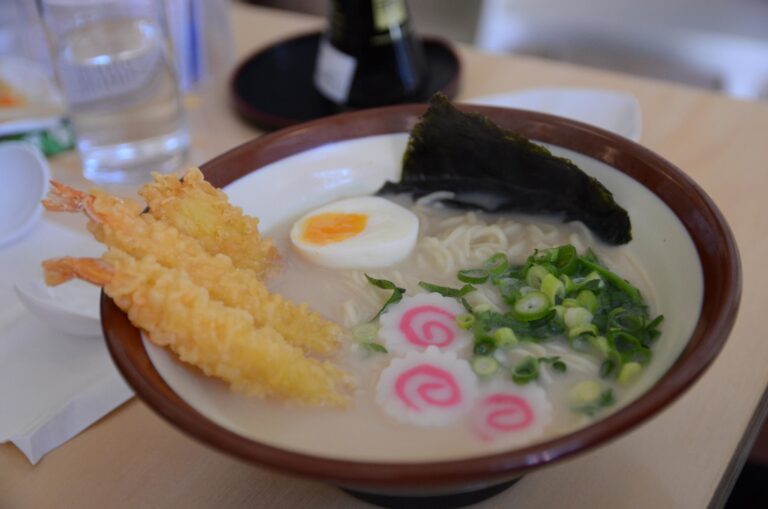
Tempura ramen combines the crispy goodness of tempura with the savory flavors of ramen. It can feature tempura shrimp or vegetables.
If you are looking for ramen books, tools, and ingredients for your next experiment, here is a selection of my top resources and accessories. You can get them all online! There is more, though. Click here to see the whole shop.